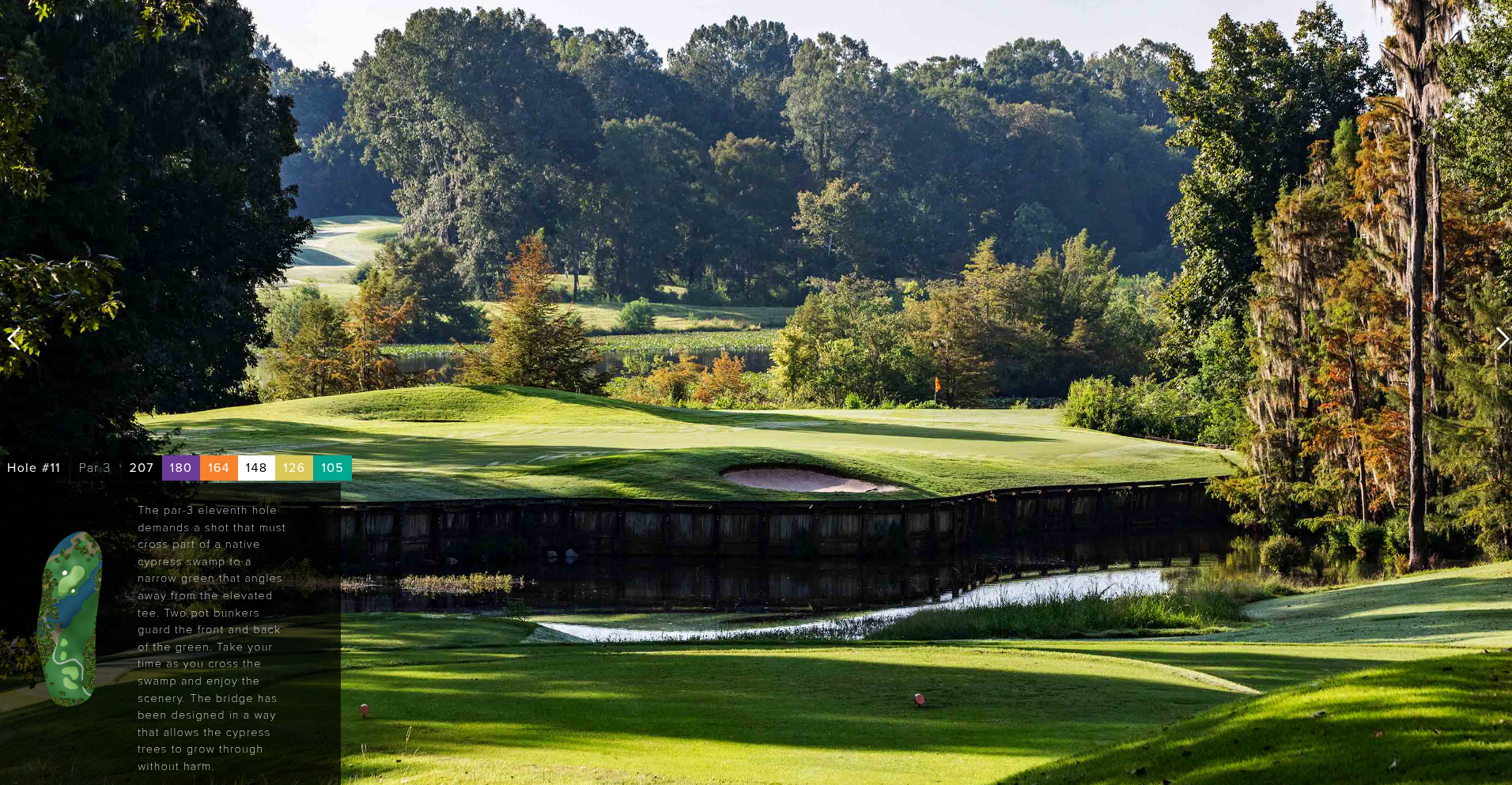Volume 6
Volume 6: Reinvention and Missed Revolutions (1998–2004)
By the late 1990s, the world of technology was changing fast — and so was I.
Seeing the Future at CES
In 1998, I attended CES and stumbled upon a device that would reshape my perspective on how software and data could redefine user experience: TiVo. The moment I saw it, I understood what it meant — not just a digital video recorder, but a model for time-shifting, personalization, and ultimately control over media.
That experience rewired my thinking. It wasn’t just the TiVo — it was the concept behind it. CES in those days was a treasure trove of paradigm shifts waiting to be discovered. TiVo was the spark that got me thinking seriously about how technology could empower people — something that would influence many of my decisions in the years to come.
Switching to Linux
Around the same time, I began exploring Linux. I started with Red Hat 7, which I installed from CD. That later became Red Hat 8 and 9, and I ran Linux as my primary operating system. But every major update required a clean install, and I found that frustrating. That led me to search for a rolling release distribution — and I discovered Gentoo, which I’ve used ever since.
Linux wasn’t just a hobby. It became my primary computing platform and part of my philosophy — one rooted in control, transparency, and efficiency.
Embedded Linux and Samsung Thermostat Project
One project in particular stands out: a thermostat controller developed by Samsung. Eldon Ziegler designed the system, and I built the embedded Linux software to run it. This was well before the era of smart homes and IoT appliances. It was a clear example of our vision: efficient, dedicated systems, engineered for performance, powered by open-source technology.
Compusport: Biomechanics and Golf
As you know, golf has been a lifelong passion. So when I saw the Compusport technology, I had to be part of it. They had developed a system that could record your golf swing and superimpose it over a model of the perfect swing, created by biomechanical analysis from Olympic-caliber athletes.
The results were extraordinary. Using my method of training — assigning the analytical side of my brain to observe while the subconscious executed the motion — I was able to quickly adapt my swing to match the model. Their coaches often said they’d never seen anyone with my combination of mental agility and physical flexibility.
In fact, they would often say: “Any pro on the tour would sell his soul for the flexibility you have.” I attribute that to having started the game young and keeping at it my whole life.
Samsung CCTV Investment
By early summer 2004, things heated up with one of my more lucrative ventures — an investment in Samsung CCTV. After two months of negotiation, I sold my stock — and my father-in-law’s — for a total of $2 million.
David Weiner, the friend who led the group that bought our shares, later told me, “You’re the toughest negotiator I’ve ever dealt with.” I’m not sure if that’s true, but it stuck with me.
That deal was a major milestone — both financially and psychologically. It closed a chapter and opened the way for new ventures.
Hello Network: The Almost-YouTube
Around the same time, I was asked by a fellow investor in Samsung CCTV to evaluate a company called Hello Network, based in Las Vegas. They had a novel system for streaming video over the internet, based on Java.
I spent two weeks on-site evaluating their team and technology. Technically, it was sound — though I wasn’t thrilled about the reliance on Java. Still, I saw the potential. A few weeks later, I arranged an investment meeting at Bear Stearns in New York, where Hello Network’s CEO, Craig, was to pitch.
I warned Craig that talking about everything his tech could do — all 20 or 30 possible use cases — would make him sound scattered. I told him to focus on one or two killer applications.
Unfortunately, he didn’t listen.
At the meeting, Craig told Bear Stearns about everything — all the possible use cases, all the hypothetical markets. The meeting fell flat. It was a missed opportunity.
And I always remembered that moment because Hello Network had real potential. They were very close to being what YouTube would eventually become.
To make matters worse, I had worked hard to get them in front of Bear Stearns. That was their shot — and it was squandered. It taught me that vision must be paired with focus, or it all slips away.
These years — from 1998 to 2004 — were about recognizing revolutions, adapting quickly, and knowing when to commit and when to walk away. I missed some things. I made others work. But the lessons I learned during this time continue to shape how I see innovation — and opportunity — today.
A Hole-in-One in Mobile, Alabama
As part of a Compusport meeting, I traveled to Mobile, Alabama, where we held our annual golf outing. On the morning I was set to return home — with a connection through Atlanta to meet Joann in Orlando — I decided to play the back nine of the Legislator Course at Capitol Hill.
The eleventh hole on that course featured an elevated tee, a picture-perfect green surrounded by trees, and a lake in front of it. The hole measured about 170 yards. When I struck my tee shot, I knew immediately that it was headed straight for the pin. Because of the glare of the sun, we couldn't actually see it land, but we heard a loud clank.
When we got to the green, we found that my ball had gone directly into the hole on the fly — a hole-in-one, right into what we joked was the clown’s mouth. That meant I had to finish the round to make the hole-in-one official, which I did. However, I missed my scheduled flight and had to drive all the way to Atlanta to catch up with my travel plans.
It was a perfect example of how golf, serendipity, and timing continued to intersect in my life.


